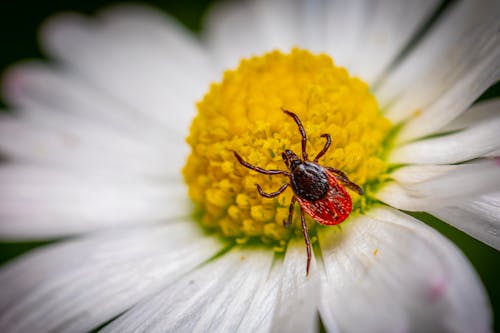
Fall Allergy Season Peaks Across U.S. as Ragweed and Mold Levels Rise
• Ragweed pollen and mold spores are surging across the U.S., causing a spike in fall allergies.
• Individuals with respiratory issues are particularly vulnerable due to increased sinus infections and asthma triggers.
• Limiting outdoor exposure during peak pollen times and using HEPA filters can help manage allergy symptoms.
Ragweed and mold levels on the rise
According to Fox Weather, the fall allergy season is currently peaking across the United States, with ragweed and mold levels on the rise. As summer grasses wane, ragweed becomes the dominant pollen source, capable of releasing up to a billion pollen grains per plant. Cooler nights combined with dry, breezy days facilitate the spread of these allergens over considerable distances. Fallen leaves create moist environments ideal for mold spore proliferation. This combination of factors leads to increased reports of allergy symptoms such as sneezing, itchy eyes, and congestion.
Related News